Some people my city's CERT team have been experimenting with AX.25 for radio message passing. Not counting the radio, a standard setup is $200 plus $20+ cable. I think can do better, using essentially just an ESP32.
The ESP32 will pair with a phone over bluetooth or wifi, and will send/receive audio signals from the handheld radio. The board will use the radio's battery for power.
Goals:
- require as few components possible, both number and price.
- prefer off-the-shelf components.
- simple enough to hand-build.
- Be as useful as possible without requiring any software installed in advance. The whole point of this is to use when there's no internet. I can't convince every ham in my neighborhood to install an app.
- Support both APRS and connected-mode AX.25, for connecting to PBBS
 Evan
Evan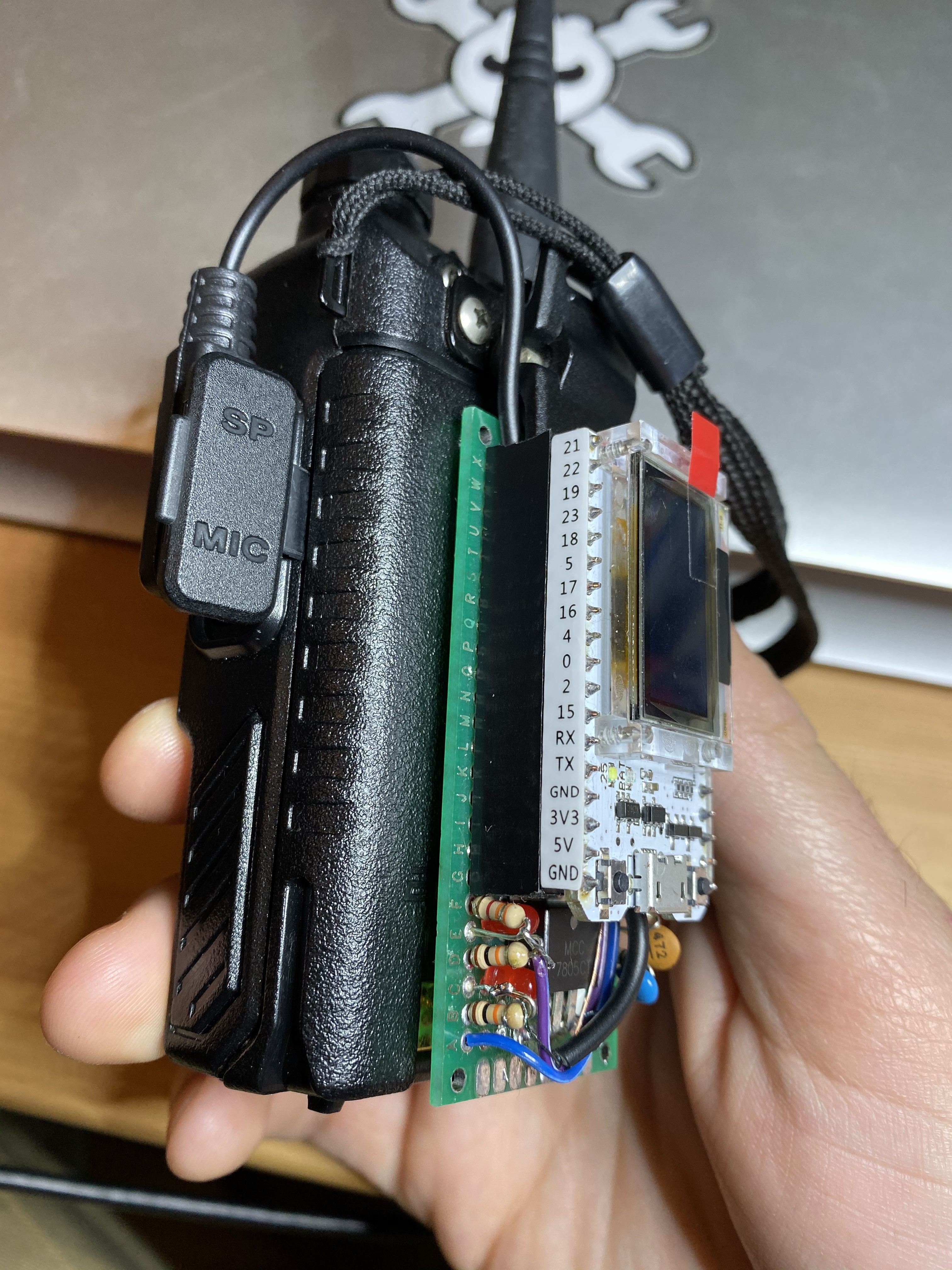
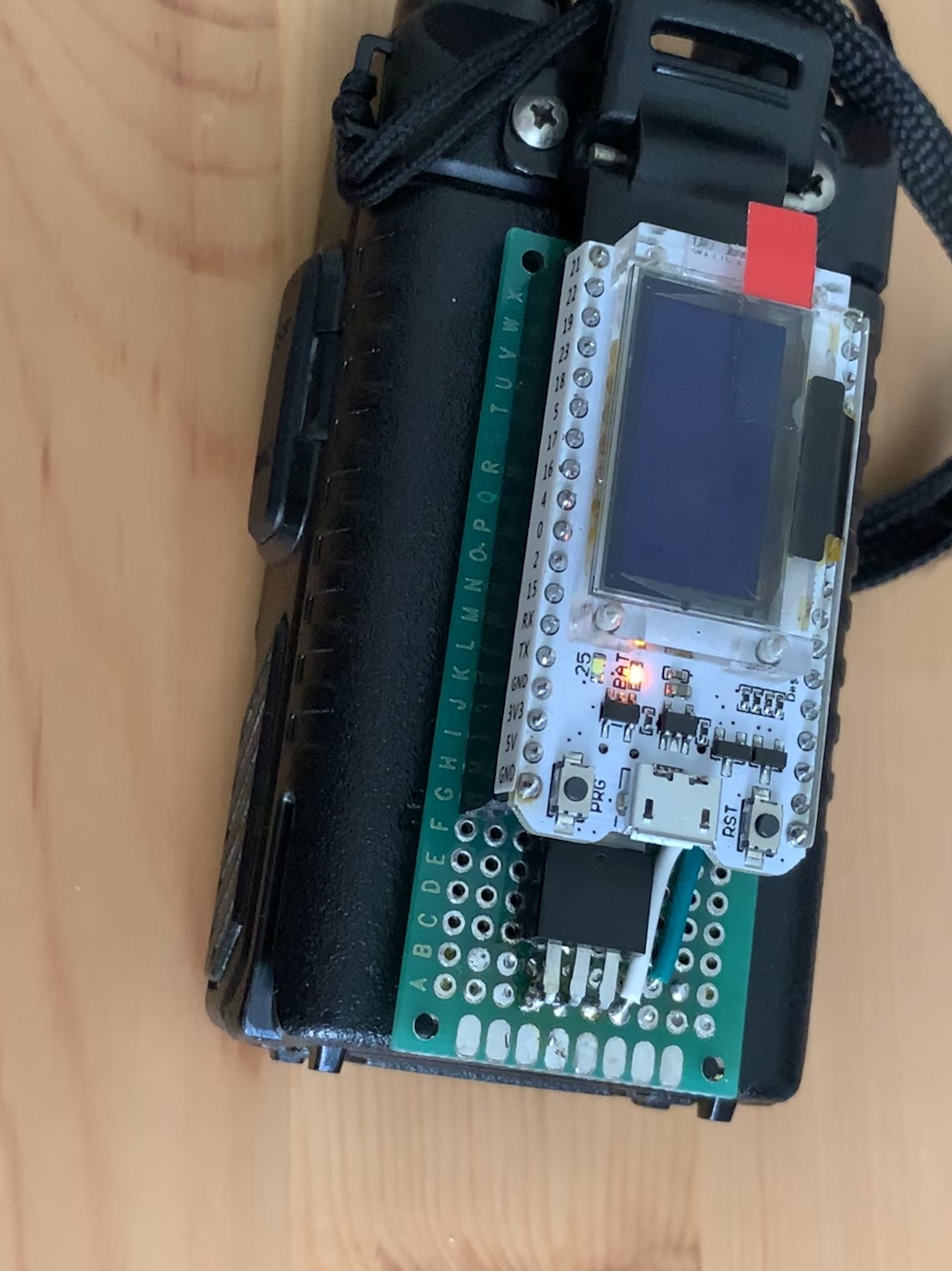











 uri.shani
uri.shani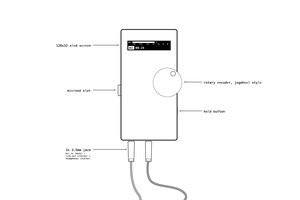
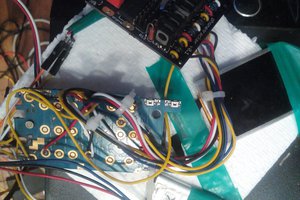
 Sergey
Sergey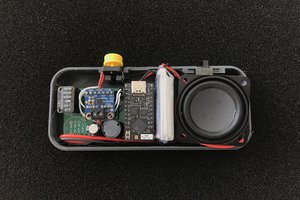
 Chris G
Chris G
Do You think about sell complete device for baofeng?
Is possible using this in PMR band not ham radio?